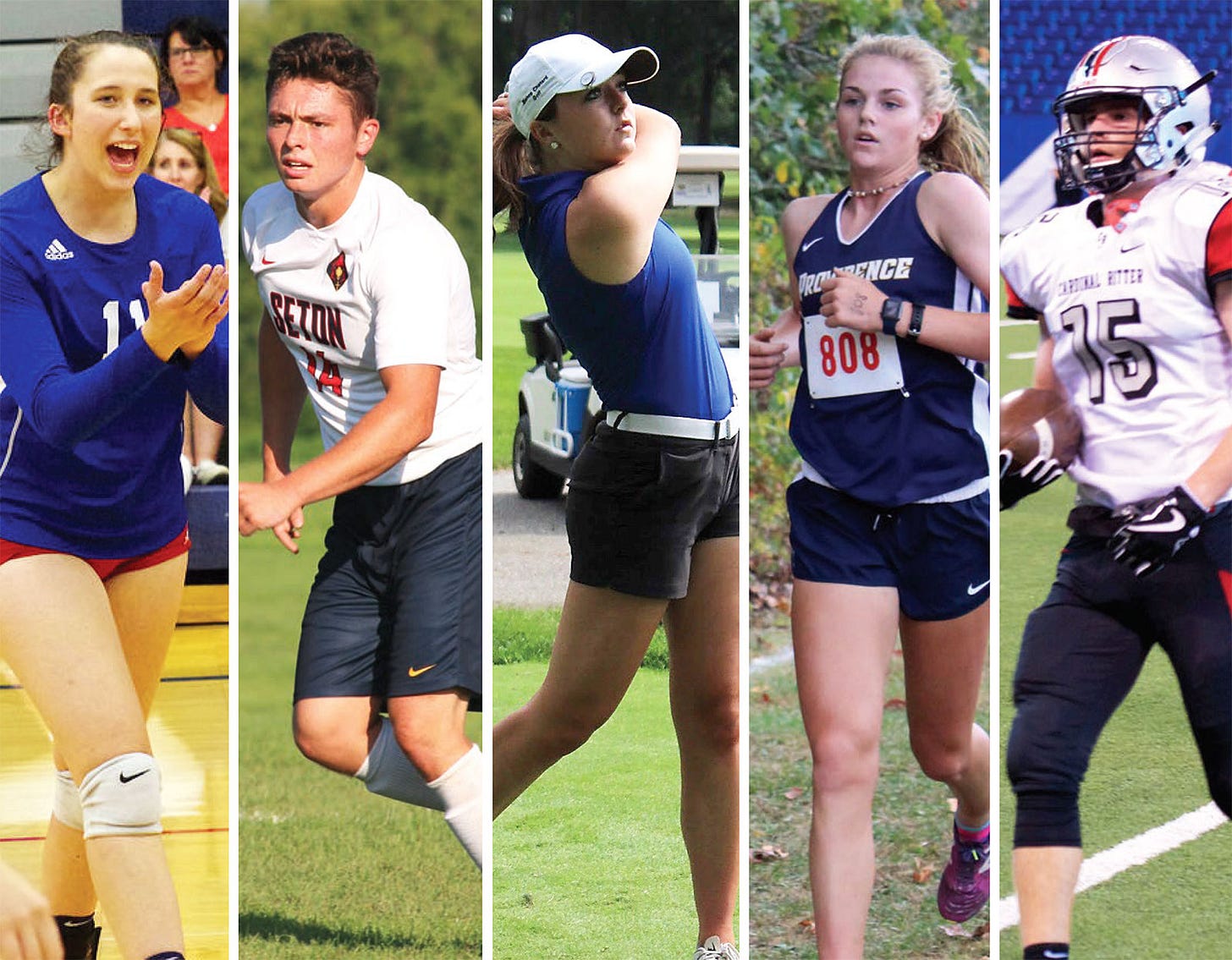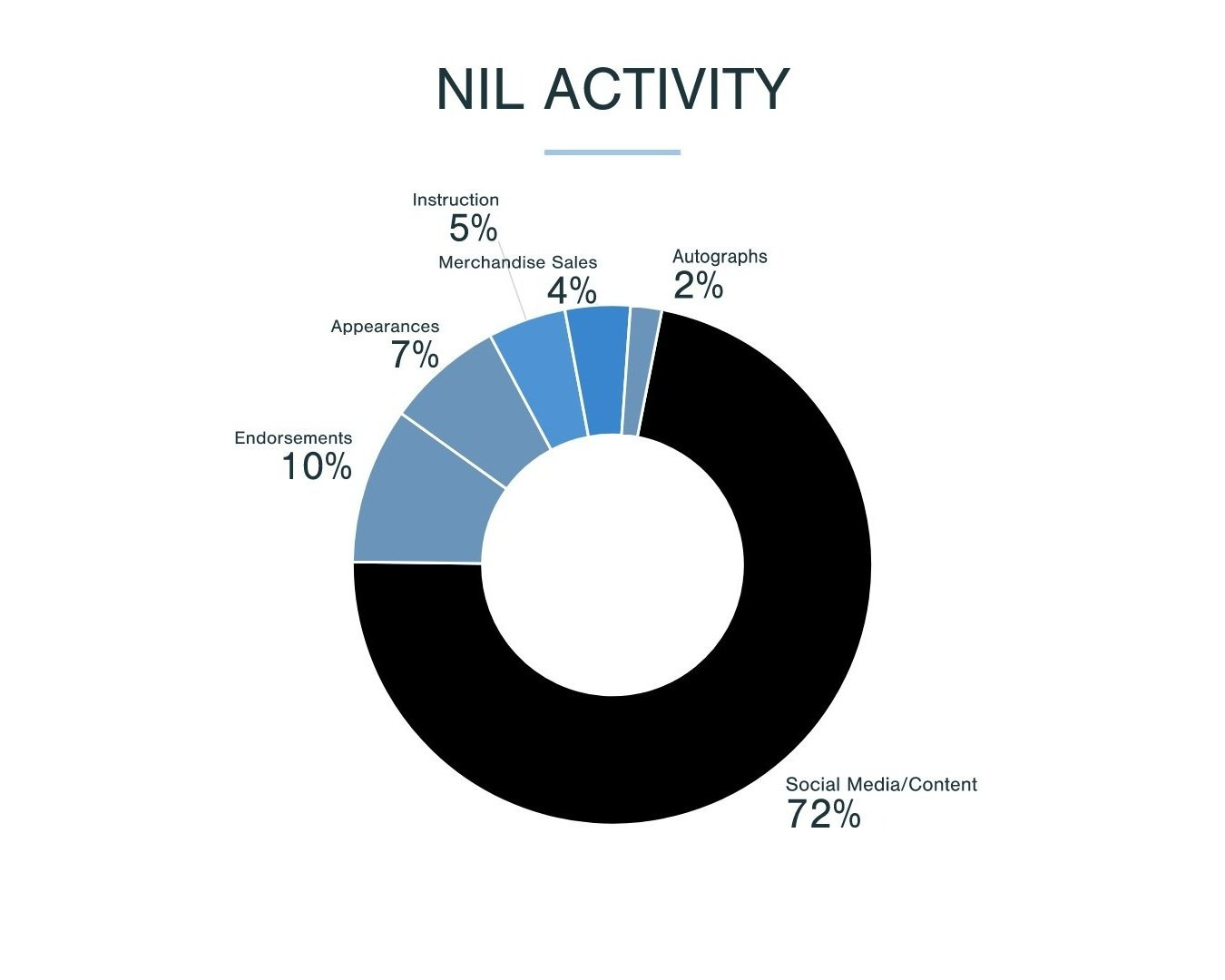Does allowing NIL for high school athletes impact college recruiting?
Keep up to date on all of our newsletters and content by checking out past Optimum Sports Consulting Newsletters, and following us on Twitter!
When NIL was passed in June of 2021, the focus was on college athletes and how they could monetize their Name, Image and Likeness. Although NIL news is still dominated by what brand deals college athletes are locking down, a new generation has entered the conversation: high school athletes. As of this month, 38 states have approved NIL for high school athletes in some capacity. The question becomes how does this affect the recruiting process for colleges? With the exponential increase of players in the transfer portal, college coaches are now forced to monitor not only the changing landscape of college sports, but also how states are handling NIL for their high school athletes.
With the ability to profit off of their NIL, high school athletes now have the opportunity to start building their personal brand earlier in their academic career, which has the potential to attract more attention from college recruiters who are looking for athletes with a strong social media presence and high marketability. High school athletes who are able to secure NIL deals may have a competitive advantage in the college recruiting process. Before many states passed their allowance of NIL, high school athletes were seeking out states that would allow them to benefit from their NIL. For example, Tre Johnson, a five-star basketball recruit and University of Texas commit, left his home in Texas to play his final season of high school basketball in Missouri, where he was able to sign a deal with a sports card company. As more states allow for NIL for high school athletes, it is unlikely that we see this type of movement continue, but states that prohibit NIL for their high school athletes risk losing their athletes to other states.
Many people complain that amateurism is lost in college athletics as many college athletes are choosing schools based solely on financial compensation packages that collectives now provide. NIL for high school athletes can give them more financial security as they navigate the college recruiting process. By earning income through their sponsorships and endorsements, these athletes may feel less pressure to prioritize NIL packages offered from collectives, leading to athletes choosing colleges that offer the best academic and athletic growth rather than just the money.
An important thing to consider in discussing this question is that only about 2% of high school athletes will go on to play a D1 sport. NIL as we see it in the news is catered towards student-athletes who have built up their own brand to an influencer type of status and elite athletes who are essentially financially coerced into having an influencer type of status. It is these groups that are cashing in on NIL deals at the highest rate, making this a small percentage of all student-athletes. We are unlikely to see a massive percentage of high school athletes signing NIL deals, but it still has the potential to impact college recruiting in some capacity.
Overall, it is likely too early to come to a conclusion on the full impact of high school NIL on college recruiting as rules and regulations around the issue are still evolving. However, it is clear that allowing high school athletes to profit from their Name, Image and Likeness could potentially have consequences for the college recruitment process. It will be important for athletes, schools and agents alike to keep an eye on the changing regulations as they are passed and the effect they have on college recruitment.
Thanks for Reading!
Keep up to date on all of our newsletters and content by checking out past Optimum Sports Consulting Newsletters, and following us on Twitter!







